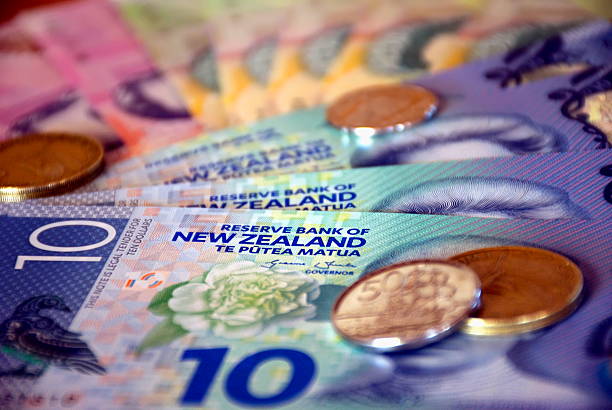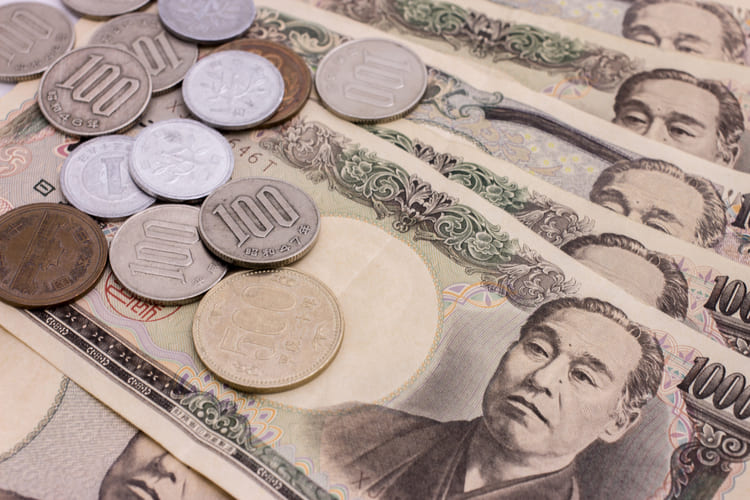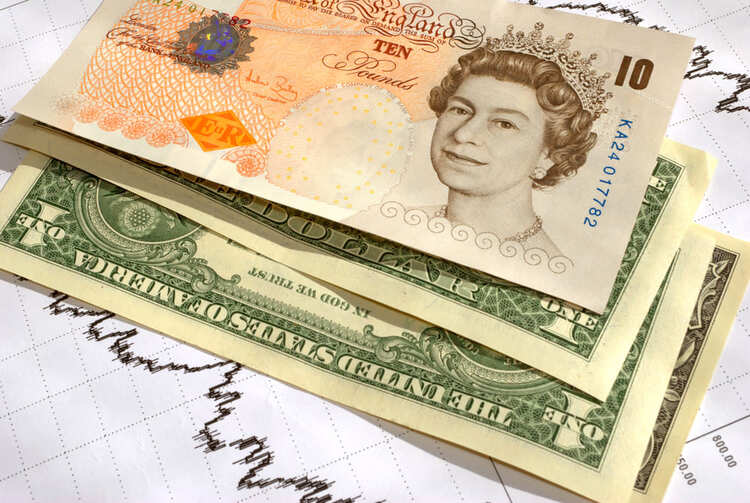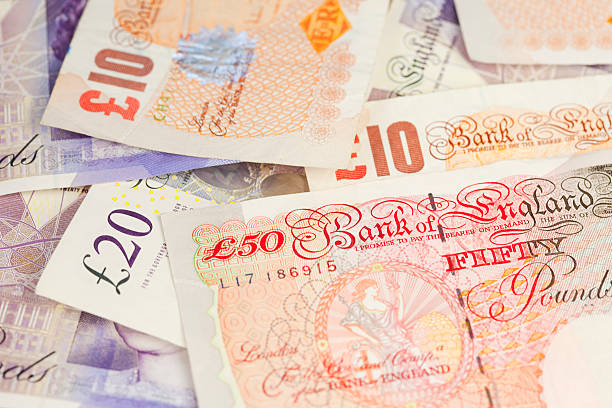Pound Sterling exhibits strength as traders brace for BoE interest-rate decision
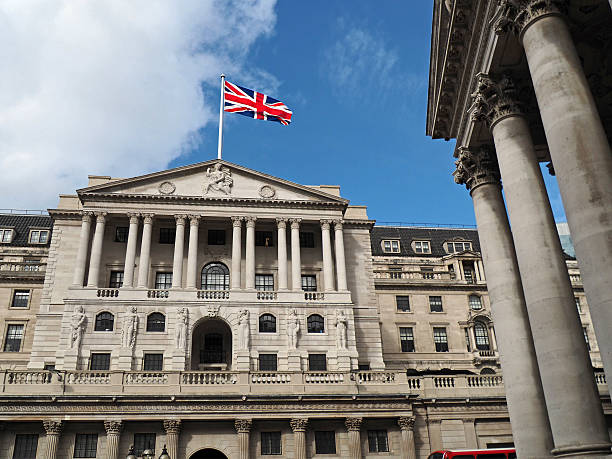
- The Pound Sterling surges to near 1.3250 against the US Dollar following the Fed’s large rate cut and expectations of further policy easing.
- Investors focus on the BoE policy meeting, with markets expecting the UK central bank to leave interest rates unchanged at 5%.
- UK’s stubborn services inflation in August strengthened the case for the BoE keeping interest rates steady.
The Pound Sterling (GBP) recovers intraday losses in the aftermath of the Federal Reserve’s (Fed) policy announcement, rising above 1.3200 against the US Dollar (USD) in Thursday’s London session. The valuation of the British currency is expected to remain volatile ahead of the Bank of England (BoE) policy meeting at 11:00 GMT.
The BoE is expected to leave interest rates unchanged at 5% after opting for a cut in August as central bank officials remain concerned about inflation’s sustainable return to the bank’s target of 2%. Out of the nine Monetary Policy Committee (MPC) members, BoE external member Swati Dhingra and Deputy Governor Dave Ramsden are expected to vote for cutting interest rates for the second consecutive time. The rest of the MPC will likely support keeping rates at their current levels.
The United Kingdom (UK) Consumer Price Index (CPI) data for August showed that core inflation – which excludes volatile items – accelerated to 3.6%, higher than what markets expected. Services inflation, a closely watched indicator by BoE officials, rose sharply to 5.6% from 5.2% in July.
While the BoE is widely anticipated to keep interest rates steady, investors will focus on guidance for the remainder of the year. Currently, financial market participants expect that the BoE will cut interest rates one more time in any of its remaining monetary policy meetings.
Daily digest market movers: Pound Sterling outperforms US Dollar on firm Fed dovish bets
- The Pound Sterling climbs to near 1.3250 against the US Dollar as the latter falls sharply amid growing speculation that the policy-easing cycle from the Fed will be deeper than previously expected. The US Dollar Index (DXY), which tracks the Greenback’s value against six major currencies, retreats from a five-day high of 101.50.
- The Fed delivered a 50-basis points (bp) interest rate cut on Wednesday, which signaled that the central bank is confident that inflation is declining to the bank’s target of 2% and is increasingly concerned over deteriorating labor market conditions. Fed Chair Jerome Powell ruled out fears of the United States (US) economy entering a recession: "I don't see anything in the economy right now that suggests that the likelihood of a recession," he said, adding that "you see growth at a solid rate, you see inflation coming down, and you see a labor market that's still at very solid levels."
- Fed officials anticipate the federal funds rate heading to 4.4% by the end of the year, suggesting that the Fed will cut interest rates by 50 bps more. According to the CME FedWatch tool, the probability for the Fed reducing interest rates by 25 bps to 4.50%-4.75% in November is at 65.6%, while the rest favors a 50-bps rate cut.
- Analysts at Citi see the Fed reducing interest rates by 50 bps again in November. “Powell noted a number of times that today’s 50bp cut is a ‘commitment’ to not get behind the curve, which suggests the bar for further large rate reductions is very low. We continue to see risks as balanced toward a more rapid softening of labor market data and a more aggressive pace of rate cuts.”
- In Thursday’s US session, investors will focus on the Initial Jobless Claims data for the week ending September 13. Individuals claiming jobless benefits for the first time are expected to have remained steady at 230K.
Technical Analysis: Pound Sterling aims to recapture 1.3300
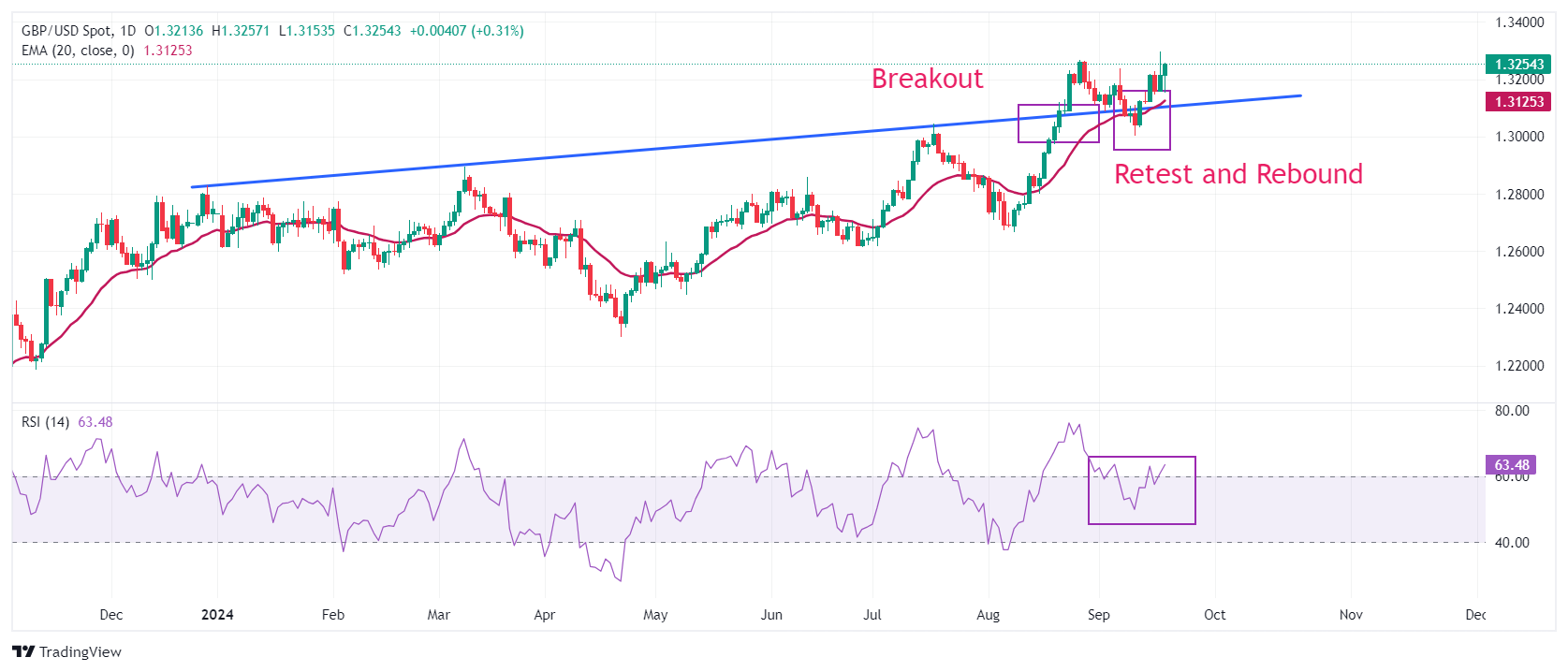
The Pound Sterling approaches 1.3300 against the US Dollar in European trading hours. The near-term outlook of the GBP/USD pair remains firm as it holds above the 20-day Exponential Moving Average (EMA) near 1.3100. Earlier, the Cable strengthened after recovering from a corrective move to near the trendline plotted from the December 28, 2023, high of 1.2828, from where it delivered a sharp increase after a breakout on August 21.
The 14-day Relative Strength Index (RSI) stands above 60.00. A fresh round of bullish momentum could occur if the oscillator sustains around this level.
Looking up, the Cable will face resistance near the August 27 high of 1.3266 and the psychological level of 1.3500. On the downside, the psychological level of 1.3000 emerges as crucial support.
Pound Sterling FAQs
What is the Pound Sterling?
The Pound Sterling (GBP) is the oldest currency in the world (886 AD) and the official currency of the United Kingdom. It is the fourth most traded unit for foreign exchange (FX) in the world, accounting for 12% of all transactions, averaging $630 billion a day, according to 2022 data. Its key trading pairs are GBP/USD, aka ‘Cable’, which accounts for 11% of FX, GBP/JPY, or the ‘Dragon’ as it is known by traders (3%), and EUR/GBP (2%). The Pound Sterling is issued by the Bank of England (BoE).
How do the decisions of the Bank of England impact on the Pound Sterling?
The single most important factor influencing the value of the Pound Sterling is monetary policy decided by the Bank of England. The BoE bases its decisions on whether it has achieved its primary goal of “price stability” – a steady inflation rate of around 2%. Its primary tool for achieving this is the adjustment of interest rates. When inflation is too high, the BoE will try to rein it in by raising interest rates, making it more expensive for people and businesses to access credit. This is generally positive for GBP, as higher interest rates make the UK a more attractive place for global investors to park their money. When inflation falls too low it is a sign economic growth is slowing. In this scenario, the BoE will consider lowering interest rates to cheapen credit so businesses will borrow more to invest in growth-generating projects.
How does economic data influence the value of the Pound?
Data releases gauge the health of the economy and can impact the value of the Pound Sterling. Indicators such as GDP, Manufacturing and Services PMIs, and employment can all influence the direction of the GBP. A strong economy is good for Sterling. Not only does it attract more foreign investment but it may encourage the BoE to put up interest rates, which will directly strengthen GBP. Otherwise, if economic data is weak, the Pound Sterling is likely to fall.
How does the Trade Balance impact the Pound?
Another significant data release for the Pound Sterling is the Trade Balance. This indicator measures the difference between what a country earns from its exports and what it spends on imports over a given period. If a country produces highly sought-after exports, its currency will benefit purely from the extra demand created from foreign buyers seeking to purchase these goods. Therefore, a positive net Trade Balance strengthens a currency and vice versa for a negative balance.


